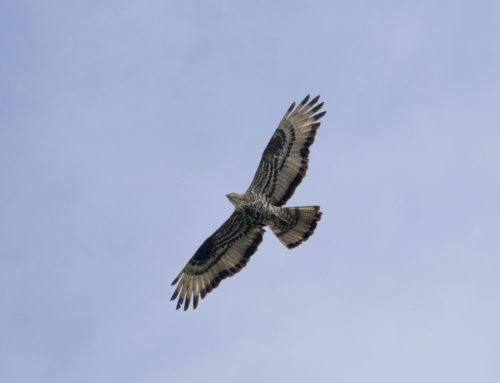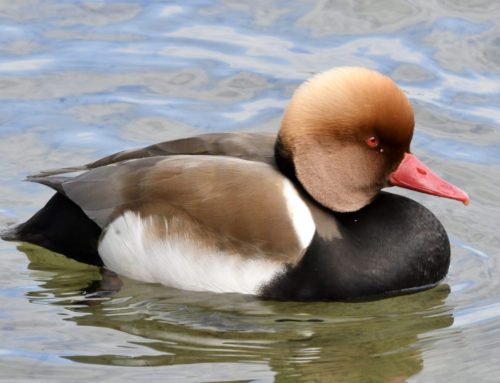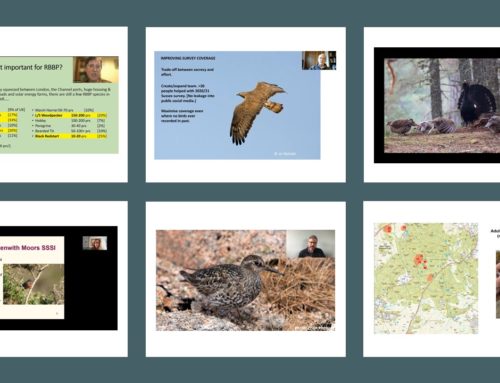Cirl Bunting Monitoring

Cirl Bunting by Ben Andrews/RSPB Images
Cirl Buntings were once widespread and locally common across farmland in southern England. After World War II the population went into a decline which became so severe they were almost lost from the UK. By 1989, there were fewer than 120 pairs recorded, largely restricted to south Devon, mostly confined to coastal farmland between Plymouth and Exeter.
The RSPB has been involved in Cirl Bunting conservation for many years with the Cirl Bunting Project established in 1991 and joint funded by Natural England (1993-2011). RSPB research identified all-year foraging and nesting habitat as being the problem. With this information the project has successfully worked with wildlife-friendly farmers and other landowners across Devon and Cornwall to improve habitat. This has been very successful with over 1000 pairs recorded in the last full survey in 2016 (10 times as many as when the project started!). This includes a small population now thriving in Cornwall as a result of a reintroduction.
RSPB have helped to organise regular Cirl Bunting surveys since 1989 and population monitoring has been a key part of the recovery programme, vital in documenting and understanding the Cirl Bunting’s recovery. Since the full survey in 1989, there have been further full surveys in 1990–93, 1998, 2003 and 2009 (Figure 1). Sample surveys were carried out in Devon between 1994 and 1997 and in 2002. Other than in these survey years, reporting is low – for example in 2018 only 255 territories were reported to the RBBP.

Figure 1. Cirl Bunting population estimates (red circles, with 95% confidence limits) and tetrad occupancy (blue diamonds) from the full and sample surveys between 1989 and 2016.
To help the continued success of this species, the population needs to be monitored to ensure the population continues to flourish, and this is where you come in.
Given the increasing numbers and the difficulty in organising and funding large-scale full surveys, now is a good time to establish regular annual monitoring of the species across its (core and edge) range in Devon and Cornwall, to enable us to assess how Cirl Buntings are faring on an annual basis. If we can get enough tetrads surveyed annually it will help to build up a monitoring programme that will assess the health of the population between national surveys. If we detect problems, it means we can step in quickly and seek solutions. The RSPB Vision is to ensure the Cirl Bunting population never goes below 1,000 pairs again but instead continues to increase and expand.
More information on how you can get involved in Cirl Bunting monitoring is available here:
https://Cirl-Buntings-rspb.hub.arcgis.com/pages/take-part
Simon Wotton






